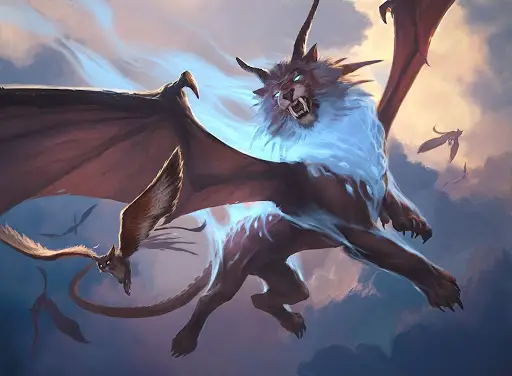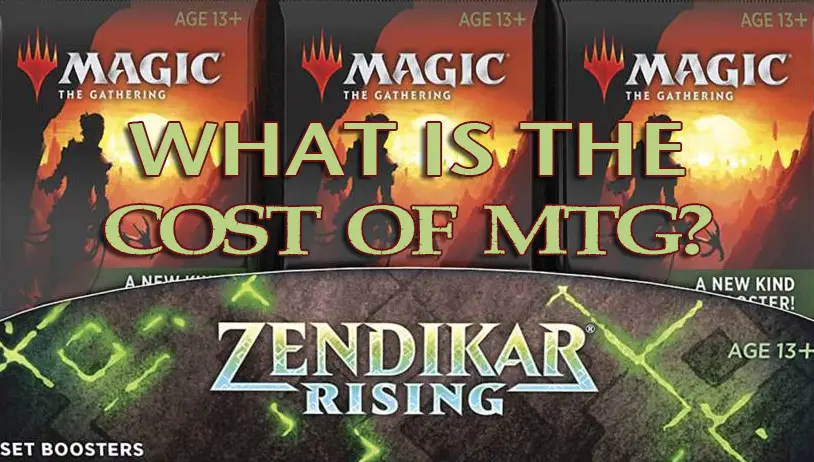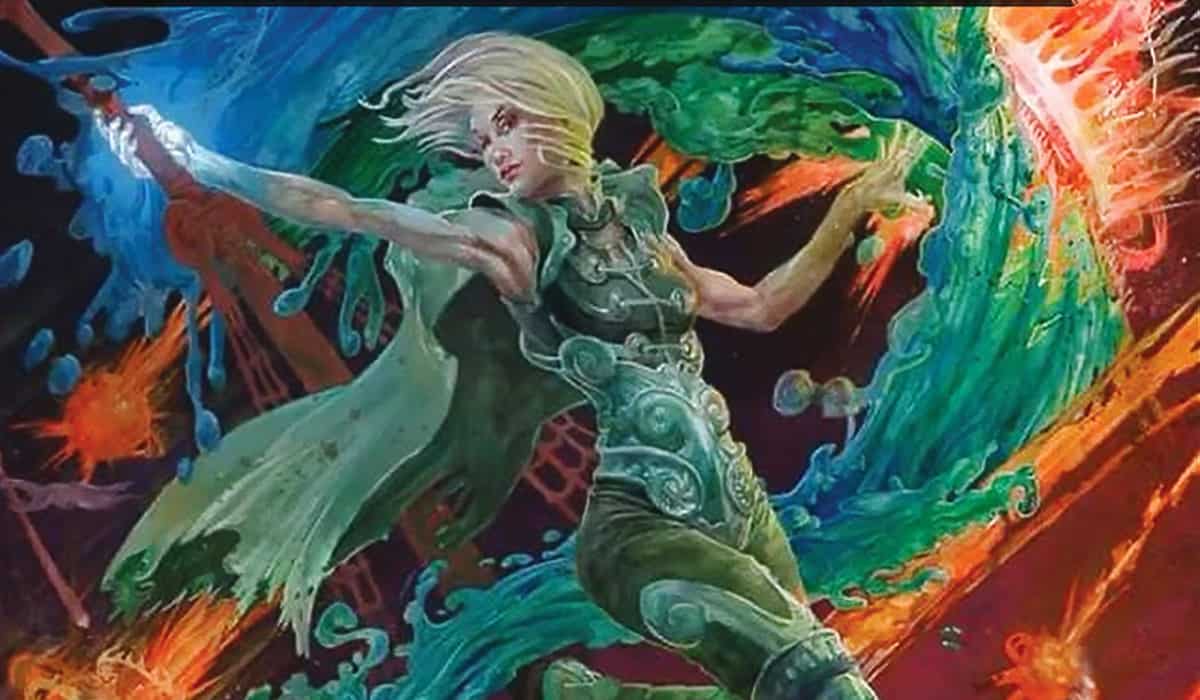Ju Yaqiong may not say much but she harbours a deep well of thought. She shares on the ugly side of competitive MTG, and how to get more women playing the game.
My Most Fun And Powerful Historic Deck in MTG Arena
What is the most fun and powerful Standard deck? It’s Azorius Flyers, because it’s cheap, fast, and handles a lot of meta and more expensive decks well.
Is The Cost of MTG Different in Other Countries? We Compare 7 Regions.
Cost of MTG does vary across countries and continents, but not as much as one might think. There are also strange pricing anomalies that don’t fit the economy.
The Best Flavour Texts Of All Time In MTG History
We’ve tried to pick out the best, coolest, and funniest flavour texts of all time in MTG’s history.
Beginner’s Ultimate Guide On How To Choose A Commander
To choose a Commander is like being a kid in a candy store – so many options, too little time. So let’s take this process one idea at a time:
6 Proven Tips To Be A Better MTG Player
You’ve heard it before from Malcolm Gladwell, it takes 10,000 hours of practice to become an expert in something. While that has some truth to it, you can quickly become a better MTG player by following some of our simple tips and guidelines. These are nuances to the game that players realise after spending months, […]
The Best MTG Draft Decks All Have 5 Key Cards
Now that you’ve understood the basics of how Draft works, it’s key to understand what makes a great Draft deck. Think of your deck as a well-rounded athlete, who needs to be able to sprint, jump, and keep up the pace in a long game.
What To Look For In A Top-Tier, Powerful Card in MTG
There are attributes that make a powerful card in MTG. Some of these attributes are low casting cost, value generation, and often game-winning abilities or triggers.
Magic Basics: 6 Card Types Beginners Must Know
In Magic: the Gathering, we have Lands (Permanents that produce mana), and Spells (which can be Permanent or Non-permanent).
5 Reasons To Play Magic: The Gathering
Thinking of getting into MTG? Let’s showcase some of what the game has to offer.










